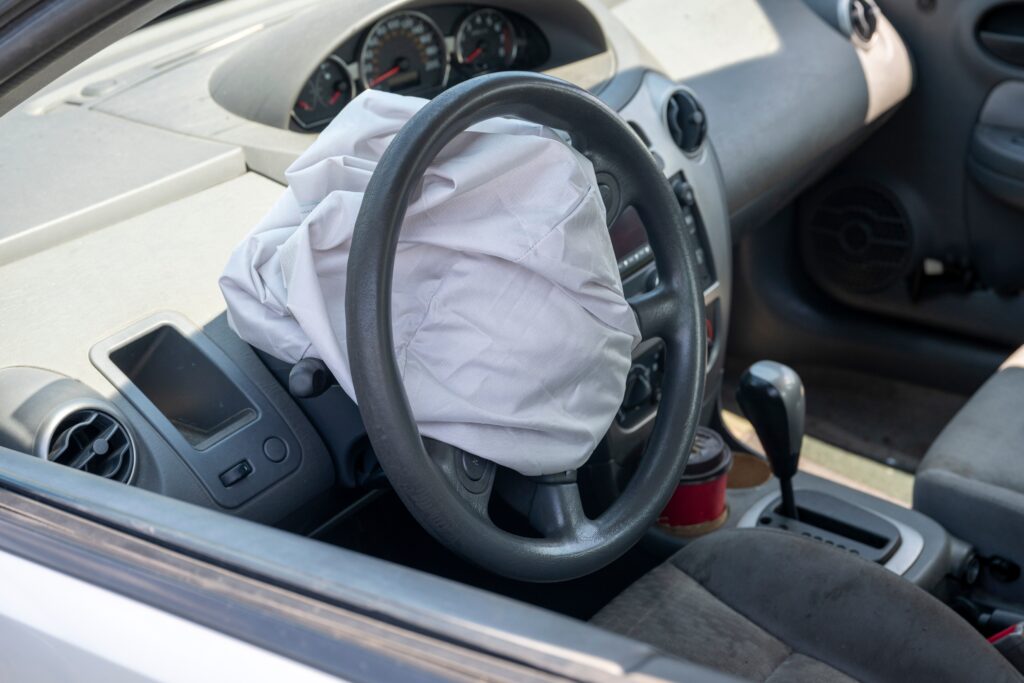
Ford will recall around 3 million vehicles with Takata airbags after NHTSA rejected Ford’s efforts to avoid a recall.
The company will spend about $610 million to replace the airbag inflators in the:
- 2007-11 Ford Ranger
- 2006-12 Ford Fusion
- 2007-10 Ford Edge
- 2006-12 Lincoln MKZ/Zephyr
- 2007-10 Lincoln MKX
- 2006-11 Mercury Milan
The inflators in the airbags may be faulty, causing the bags to rupture, violently propelling metal pieces throughout the vehicle and injuring occupants of the vehicle.
The airbags in this recall are different than the airbags in earlier Takata recalls but are similarly defective, posing an explosion risk.
Ford argued there was no evidence that the inflators were degrading enough for it to be a problem, but NHTSA said the ammonium nitrate propellant in the inflators is showing signs of decay, posing a safety risk.
Takata airbag recalls began in 2014, eventually becoming the largest auto recall in history. Around 67 million Takata air bags have been recalled due to an explosion risk. Previous recalls were due to ammonium nitrate inflators degrading due to long-term exposure to humidity and high heat, causing the airbags to explode upon being deployed.
At least 27 people worldwide have died because of Takata airbags, including 18 in the United States, and about another 400 have been injured.
California Vehicle Code prohibits the sale of automobiles with defective airbags.
Those who manufacture products which are defective by design can be held strictly liable in California for any injuries caused by those products. A product which is defective by design is a product which is unreasonably dangerous when manufactured and used correctly, or used in a reasonably anticipated way. Products with design defects do not possess benefits which outweigh the risks posed by their defects.
California juries are instructed that plaintiffs must prove that a defendant made, distributed or sold a product, they were harmed by the product, and the design of the product substantially caused the harm, in order to establish a design defect claim. Juries are instructed to, upon a design defect claim being established, determine if the product’s benefits outweigh its risks. Juries are told to consider the gravity and likelihood of potential harm, how feasible and expensive an alternative design is, the disadvantages of an alternative design and more when determining this.
A California personal injury lawyer like the lawyers at Nadrich Accident Injury Lawyers can assist victims of defectively designed products in obtaining compensation for their injuries.

